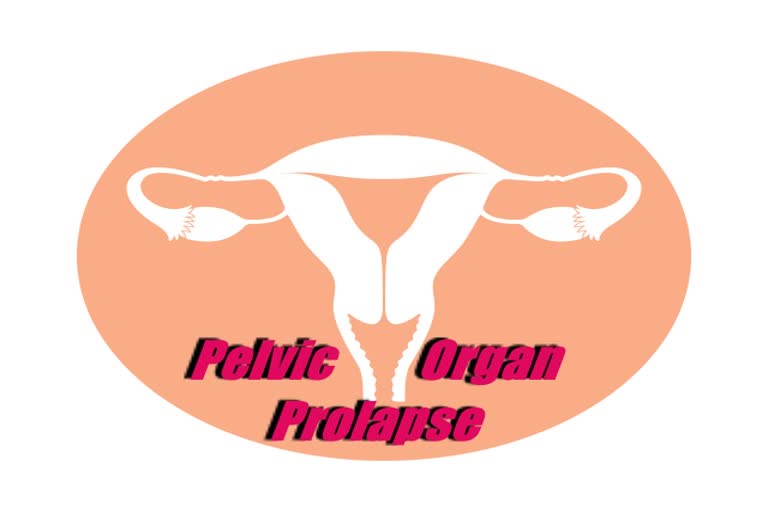What is pelvic organ prolapse (POP)?
The International Gynecology Association defines pelvic organ prolapse (POP) as “ A difference from normal structure or function experienced by a woman in reference to the position of the pelvic organ. A woman feels as if her organs are falling down her pelvis.
There are various stages of prolapse depending on the position of the organ with respect to its anatomical position. Stage one and two prolapses do not really have symptoms. So many women may be in stage 1 or 2 and may not even know unless the descent of the organ continues to stage 3 and 4.
Not many women complain of pain but there is discomfort. It is such a scary feeling to experience that your body parts are falling out of your body. But even in stages 3 and 4 it is not an emergency situation. Women should be comforted to know that no matter what our organs cannot fall out of our body.
Why does it happen?
Prolapse does not happen all of a sudden. Someone who has had several pregnancies or suffers constipation may experience prolapse. That is because straining causes weakening of the ligament which holds the pelvic organs that are the bladder, uterus, and rectum in place.
Likewise, women engaged in occupations involving heavy weight lifting or are chest breathers are likely to increase the abdominal pressure and therefore experience POP. It can also be congenital which can be due to connective tissue disorder, neurological or age-related. With the increase in age the estrogen level or the female hormone level reduces. This leads to laxity of the vaginal walls and ligaments thereby causing prolapse. Family history plays a role too. A woman is likely to experience POP if it is running in the family.
There is a feeling of fullness and heaviness in the vagina. The descent of the organ can cause discomfort, frequent urination, leakage, or frequent bowel movement. This in turn has a direct impact on her personal, social, psychological, and professional life. Thus, affecting the overall quality of life.
Also Read: Pelvic Floor Exercises In Females
Treatment
A gynecologist or urogynecologists can prescribe pessaries that are inserted through the vagina to help stop further descent. Estrogen pills are used to maintain healthy vaginal muscle. Surgical correction is done when necessary.
Whatever the stage of prolapse or line of treatment, strengthening the pelvic floor muscles is very important.
An Occupational therapist can help a client with POP by suggesting the following procedures in the therapy.
- Behavioral changes
- Lifestyle modifications
- Pelvic floor exercises
- Proper positioning on the toilet
- Maintaining healthy bladder and bowel habit,
- Reducing abdominal pressure with correct lifting techniques
- Mindfulness techniques to enhance the quality of life.
- A woman can be scared to death to move once she comes to know about the prolapse, fearing that movement may further cause the descent. Exercises cannot worsen the
- POP but lack of exercises can. The above occupational therapy intervention can help a woman with prolapse again bounce back in her life and leads a stress-free life.
For more queries, you can reach out to Arthi Gavatre, arthi.gavatre@gmail.com



